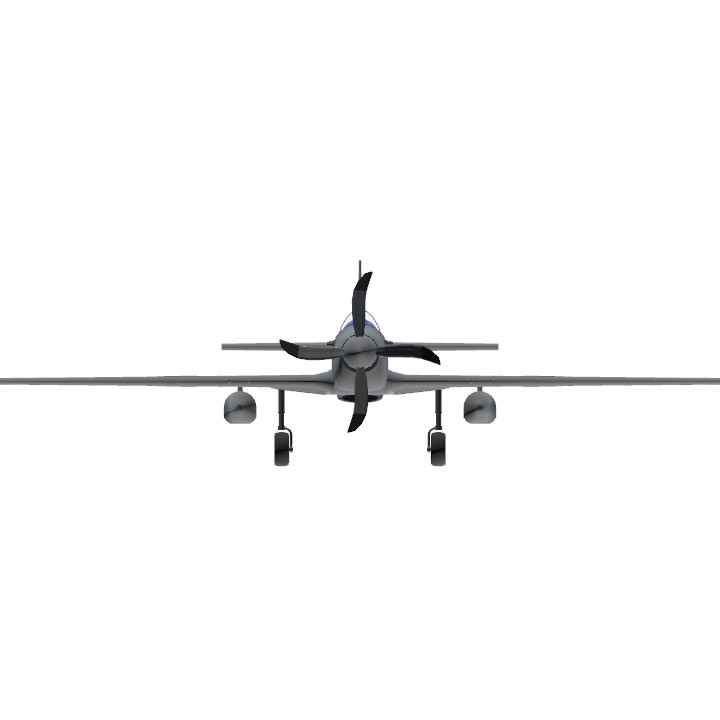Born to Dominate

The Hellraiser is a single-seat fighter aircraft used by the Dominion Royal Air Force during and after World War II. Many variants of the Hellraiser were built, from the Mk 1 to the Terveronus-powered Mk. 20 using several wing configurations and guns. It was the only Dominioan fighter produced continuously throughout the war, and the Hellraiser remains popular among enthusiasts, around 70 remain airworthy, and many more are static exhibits in aviation museums throughout the world.
The Hellraiser is designed to be a long range, high speed, high altitude capable fighter, but it will excel at medium to low altitudes. The large comparatively size is due to the fact that these requirements mean a lot of lift and a lot of fuel is needed. Development began in 1940 and production of the first batch of Hellraiser Mk.1s started in 1941. After proven to show significantly better results than the already numerous Kestrel fighters, the Hellraiser is slowly phased in to become the main fighter of Dominon Empire in 1942.
Technical Data

The Hellraiser Mk. V is armed with:
4 x 20mm Hispano Mk. 2 cannons
Suspended Armament options:
- 2 x 40mm Vickers S cannons
- 2 x 500lb bombs
- 10 x RP-3 rockets
Pros:
- Good manoeuvrability.
- Great roll rate.
- Good low-level performance.
- Slightly faster than previous Hellraiser versions due to a newer engine.
- Lack of engine float carburettor allows for more forgiving negative-G maneouvres and inverted flight (RB/SB).
- Like previous versions of Dominion planes, the tracer belts are composed entirely of incendiary bullets (IT and AP-I).
- Incredibly fast climber, out-climbs same tier Trislandian RF-10s when upgraded
- Able to mount 40mm cannon pods.
Cons:
- Ammunition pool for 20 mm is very small, must be conservative when shooting.
- When 20 mm runs out or jams, the plane is left with nothing.
- Poor high altitude performance (above 8,000 m).
- Poor acceleration.
- Liquid-cooled engines mean one hit to the cooling system can force a return to the airfield for repairs (RB/SB).
- Very difficult to attack bombers, as the engine is very susceptible to damage from enemy gunners.
- Fragile airframe.
- 20 mm cannons are incredibly inaccurate even at close ranges when stock.

Some Disclaimers
The Machine Guns are there because SP's AI simply does not want to use cannons
(So if you want the true experience, delete the hidden machine guns and use the actual 20mm cannons like a chad)The Cockpit may not be realistic but it works
Specifications
General Characteristics
- Created On Windows
- Wingspan 45.1ft (13.8m)
- Length 44.4ft (13.5m)
- Height 12.5ft (3.8m)
- Empty Weight 8,077lbs (3,663kg)
- Loaded Weight 9,520lbs (4,318kg)
Performance
- Horse Power/Weight Ratio 0.183
- Wing Loading 17.6lbs/ft2 (86.0kg/m2)
- Wing Area 540.5ft2 (50.2m2)
- Drag Points 2392
Parts
- Number of Parts 381
- Control Surfaces 5
- Performance Cost 1,451





@TWDDerSharkmarine Hohoho, our rivalry continues, my dear.
....
Clearly i have to input Taifun G10 into this challenge now
Nice. The canopy needs a bit of framing though (like the P-51).